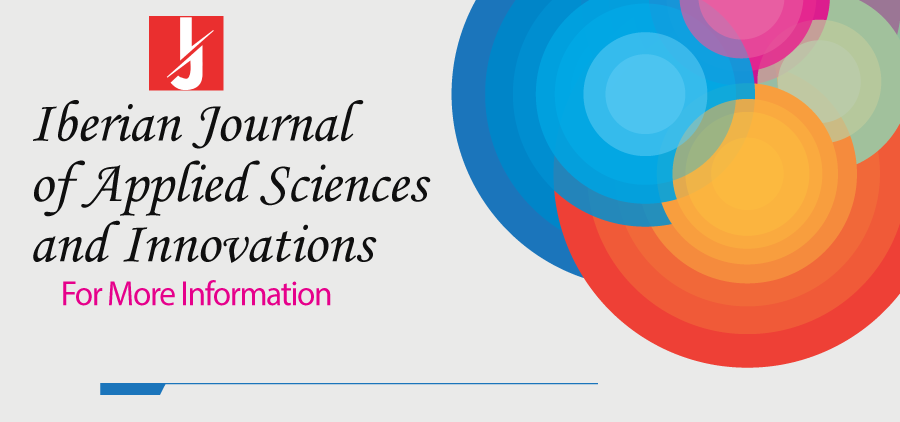Comparison of Personal, Social and Sports Identity in Deaf Women Athletes and Non- Athletes in Mashhad
Subject Areas :Nastaran Shiri Tanourlouei 1 , Hossein Peymanizad 2
1 - Senior expert in sports management, secretary of physical education and sports sciences of Khorasan Razavi province, Iran
2 - Islamic Azad University, Mashhad Branch, Iran
Keywords:
Abstract :
the purpose of this research was to compare personal, social, and sports identity in deaf sportsmen and non- athletes in Mashhad. The research was done based on the analytical descriptive method. The statistical population included deaf women who were members of the Mashhad Center for the Deaf and were residents of Mashhad. Based on the simple random sampling method and using the Krejcie and Morgan table, 359 people (952 deaf athletes and 247 deaf non-athletes) were selected as a statistical sample. Standard questionnaires of sports identity (Borour, 1993), social identity (Safariniya, 2011) and personal identity (Adamz, 1986) were used to collect data. The reliability of the tool was calculated using Cronbach's alpha and was 0.83, 0.74 and 0.81 respectively. Independent t-tests and one-sample t-tests were used to analyze the data. There was a significant difference between deaf athletes and non-athletes based on individual identity, sports identity and social identity (P<0.05). Individual identity was at a suitable level in deaf female athletes, but not at a suitable level in deaf non-athlete women (P<0.05). Sports identity was at a suitable level in deaf sportswomen, but not at a suitable level in deaf non-athletes (P<0.05). Social identity was at an appropriate level in deaf sportswomen, but not at an appropriate level in deaf non-athletes (P<0.05). It seems that engaging in sports in deaf women improves their individual identity, social identity and sports identity.

